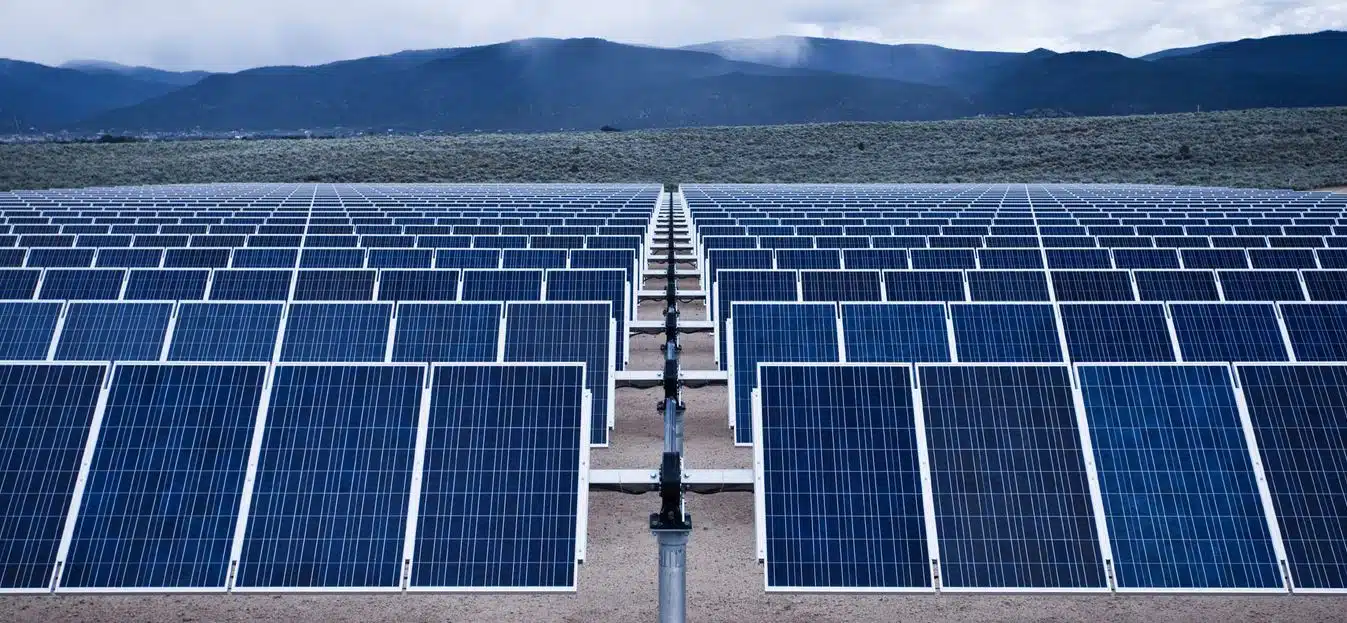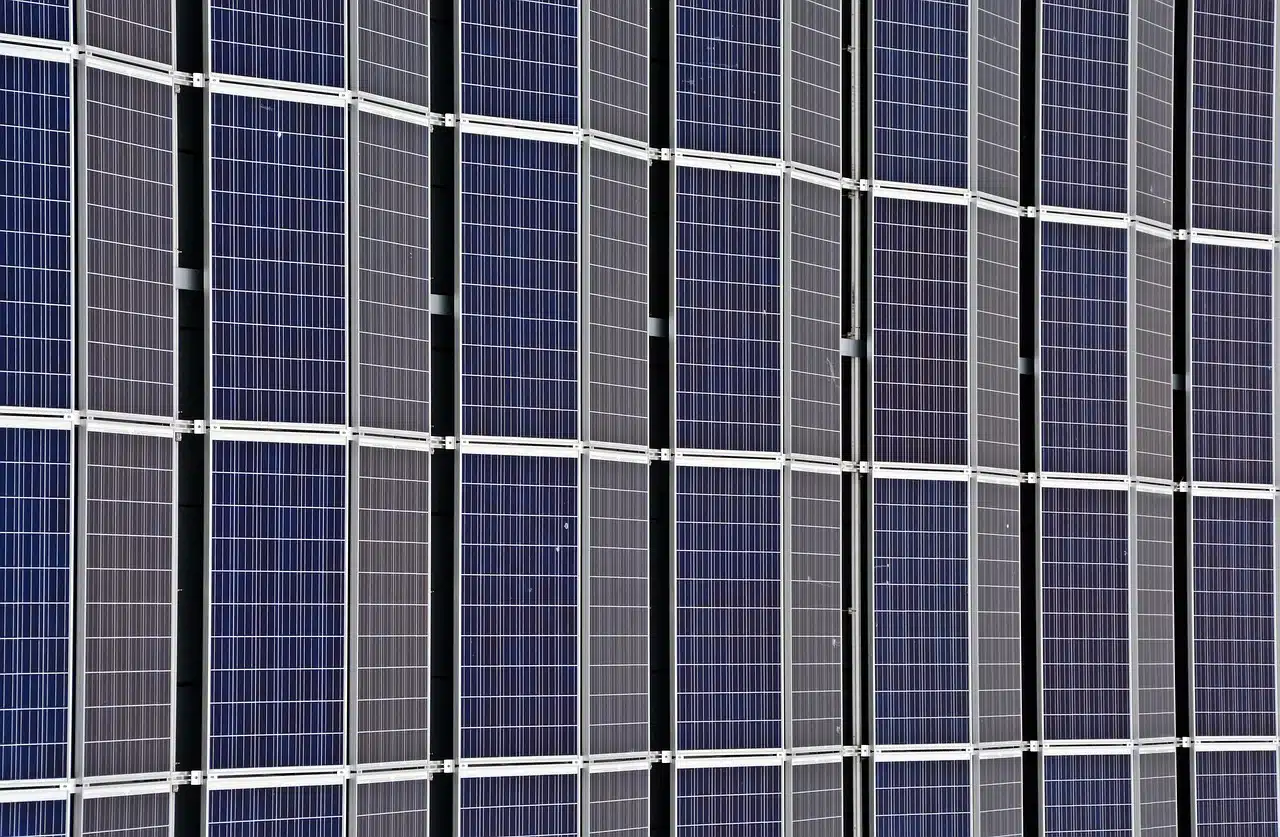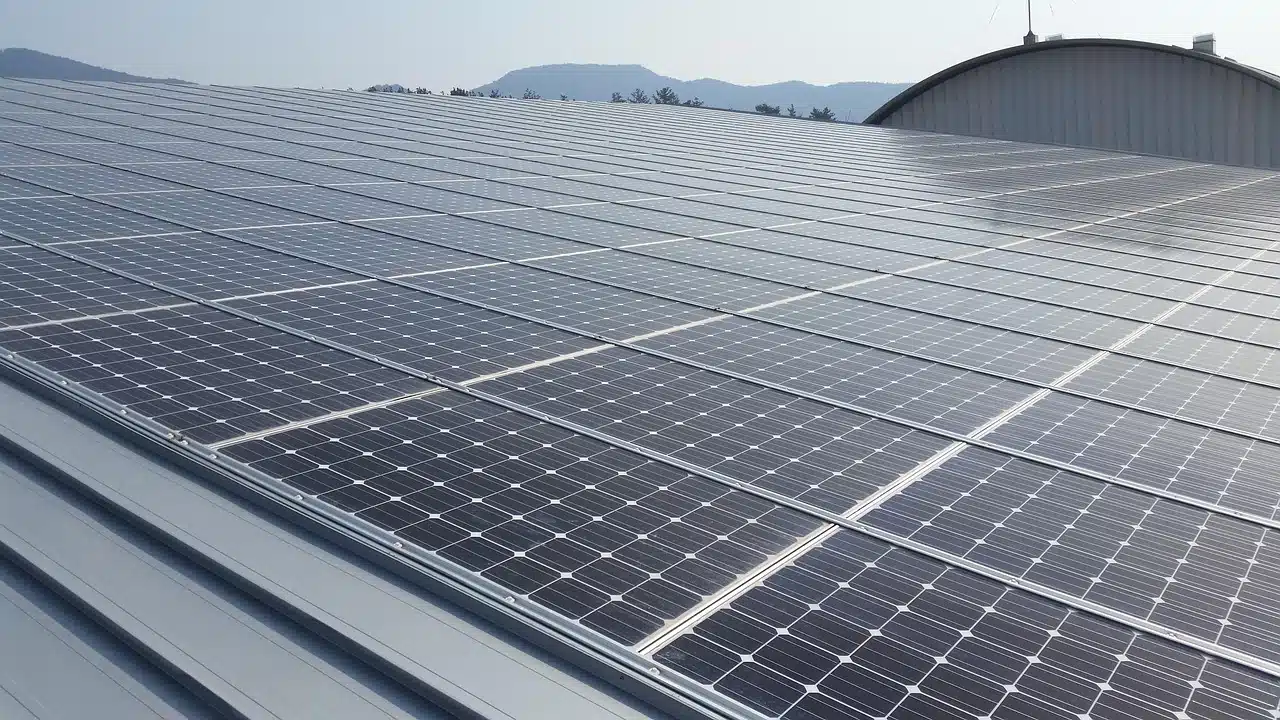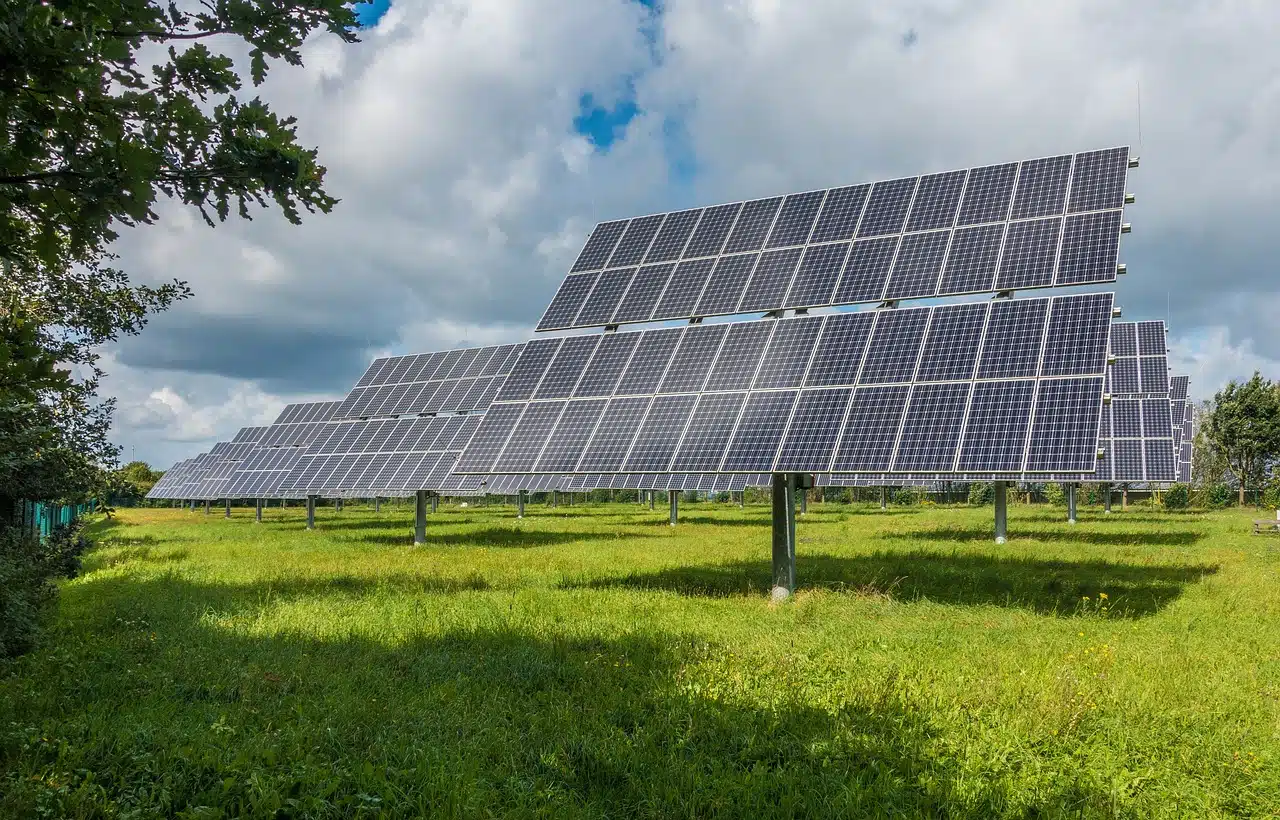In 2024, Africa’s renewable energy sector experienced a significant boost, adding 4.2 gigawatts (GW) of new installed capacity, according to the latest Renewable Capacity Highlights report by the International Renewable Energy Agency (IRENA).
This 4.2 GW increase represents a 6.7% year-on-year growth, bringing Africa’s total renewable energy capacity to 67 GW.
The growth was primarily driven by Egypt, Ethiopia, and South Africa, which made substantial contributions to the continent’s clean energy expansion.
IRENA’s 2023 report indicates that hydropower continues to dominate Africa’s renewable landscape, accounting for nearly two-thirds of the continent’s renewable energy capacity.
Major hydropower projects are underway or expanding in countries like Ethiopia, Egypt, Angola, the Democratic Republic of Congo, South Africa, Zambia, and Nigeria.
Despite these advancements, Africa’s total renewable energy capacity still accounts for just 1.5% of global installed capacity, highlighting the need for increased investment and policy support to accelerate growth.
Challenges and future outlook for Africa’s renewable energy
While Africa boasts some of the world’s richest solar and wind resources, access to finance and infrastructure development remains a major challenge to scaling up renewable adoption.
Projections from Rystad Energy indicate that by 2030, Africa could surpass Europe in geothermal energy production, making it the world’s third-largest producer, behind Asia and North America.
However, the continent currently only attracts a mere 2% of global renewable investment, underscoring the need for increased financing from international institutions to support its transition to sustainable energy.
There are also concerns that the ongoing renewable energy pullback by multinational oil companies operating in Africa, including BP and other majors, could slow the expansion of green energy projects across the continent.
At the recent IRENA summit in Abu Dhabi, Ghana, for instance, made a strong pitch to investors, seeking to develop wind and tidal energy projects as part of its strategy to expand its renewable energy portfolio.
Global renewable energy growth in 2024
On a global scale, total installed renewable energy capacity reached 4,448 GW by the end of 2024, marking a record-breaking year for clean energy expansion. Key highlights of the report include:
– Solar energy saw the highest growth, adding 452 GW—a 32.2% increase from 2023—bringing total global solar capacity to 1,865 GW (42% of global renewables).
– Renewable hydropower and wind energy follow with capacities of 1,283 GW and 1,133 GW, respectively.
– Bioenergy capacity reached 151 GW, geothermal stood at 15 GW, and marine energy remained at 0.5 GW.
With Africa’s renewable sector gaining momentum, experts emphasize the importance of policy reforms.
They also highlight the role of international partnerships and financing mechanisms in driving further growth.
These factors are crucial for achieving a sustainable energy future for the continent.










